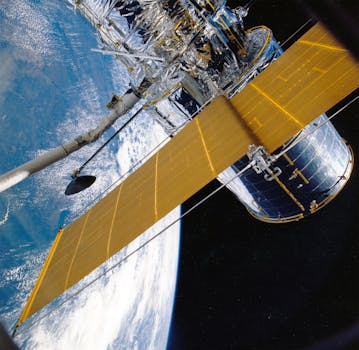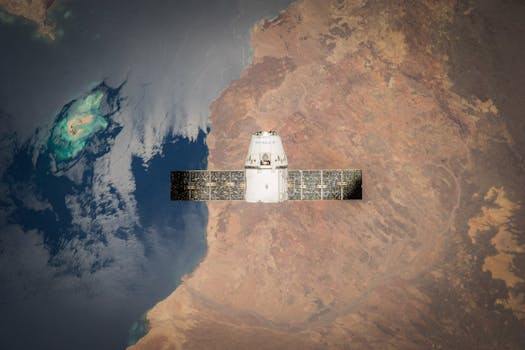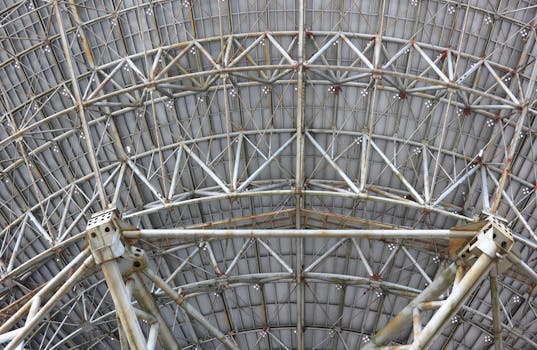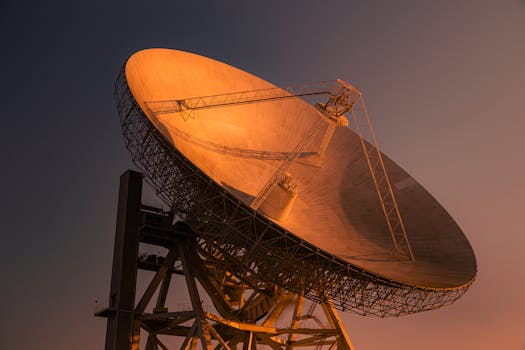
GEO Satellites: Understanding the Technology and Its Applications
GEO satellites, or Geostationary Earth Orbit satellites, are a type of satellite that orbits the Earth at an altitude of approximately 36,000 kilometers. At this altitude, the satellite’s orbital period matches the Earth’s rotational period, allowing it to remain stationary above a fixed point on the Earth’s surface. This unique characteristic makes GEO satellites ideal for a wide range of applications, including telecommunications, weather forecasting, and navigation.
GEO satellites have been in use for several decades, with the first GEO satellite, Syncom 2, launched in 1963. Since then, the technology has evolved significantly, with modern GEO satellites offering higher bandwidth, greater reliability, and improved performance. Today, GEO satellites play a critical role in modern telecommunications, providing global coverage and enabling a wide range of applications, including television broadcasting, mobile communications, and internet connectivity.
How GEO Satellites Work

GEO satellites work by transmitting and receiving signals to and from Earth stations, which are located on the ground. The satellite receives signals from the Earth station, amplifies them, and then re-transmits them back to Earth, where they are received by other Earth stations or directly by users. This process allows GEO satellites to provide global coverage, enabling communication between different parts of the world.
GEO satellites use a variety of frequencies to transmit and receive signals, including C-band, Ku-band, and Ka-band. Each frequency band has its own advantages and disadvantages, and the choice of frequency depends on the specific application and the requirements of the user. For example, C-band is often used for television broadcasting, while Ku-band is commonly used for mobile communications.
Applications of GEO Satellites

GEO satellites have a wide range of applications, including telecommunications, weather forecasting, navigation, and remote sensing. In the field of telecommunications, GEO satellites are used to provide mobile communications, internet connectivity, and television broadcasting. They are also used to provide backup connectivity in case of emergencies or natural disasters.
In the field of weather forecasting, GEO satellites are used to monitor weather patterns and provide early warnings of severe weather events. They are equipped with specialized instruments, such as radiometers and spectrometers, which allow them to collect data on atmospheric conditions, temperature, and humidity.
In the field of navigation, GEO satellites are used to provide location information and timing signals. They are an essential component of global navigation satellite systems, such as GPS and GLONASS, which provide location information to users around the world.
Challenges and Limitations of GEO Satellites

Despite their many advantages, GEO satellites also have some challenges and limitations. One of the main challenges is the high cost of launching and operating a GEO satellite. The cost of launching a GEO satellite can be hundreds of millions of dollars, and the satellite must be designed to operate for many years to be cost-effective.
Another challenge is the limited availability of orbital slots. The GEO orbit is a limited resource, and there are only a certain number of orbital slots available. This can lead to congestion and interference between satellites, which can impact their performance and reliability.
In addition, GEO satellites are also subject to various forms of interference, including radio frequency interference and space debris. Radio frequency interference can come from a variety of sources, including other satellites, Earth stations, and terrestrial systems. Space debris, on the other hand, can pose a collision risk to operational satellites, which can have serious consequences.
Conclusion

In conclusion, GEO satellites play a critical role in modern telecommunications, providing global coverage and enabling a wide range of applications. While they have many advantages, they also have some challenges and limitations, including high launch costs, limited orbital slots, and various forms of interference. Despite these challenges, GEO satellites remain an essential component of modern telecommunications, and their importance is likely to continue to grow in the future.
See more:





